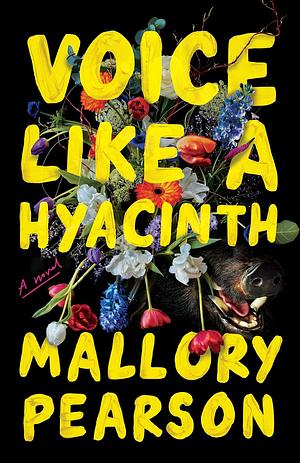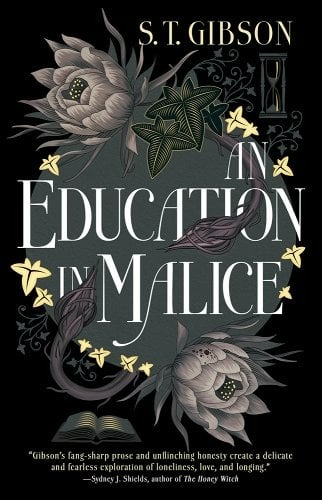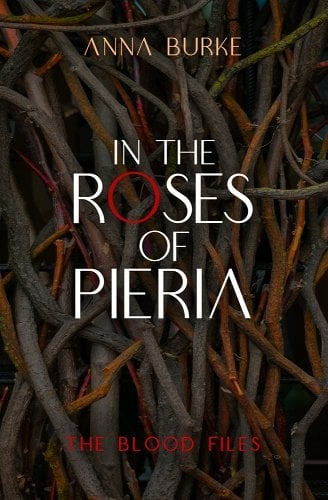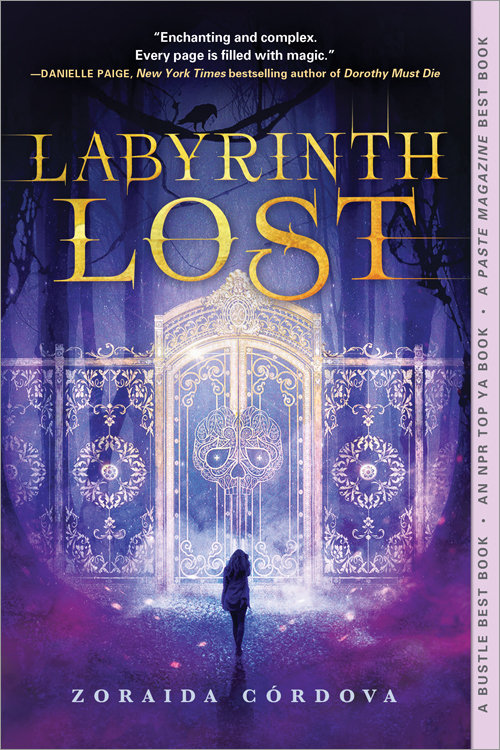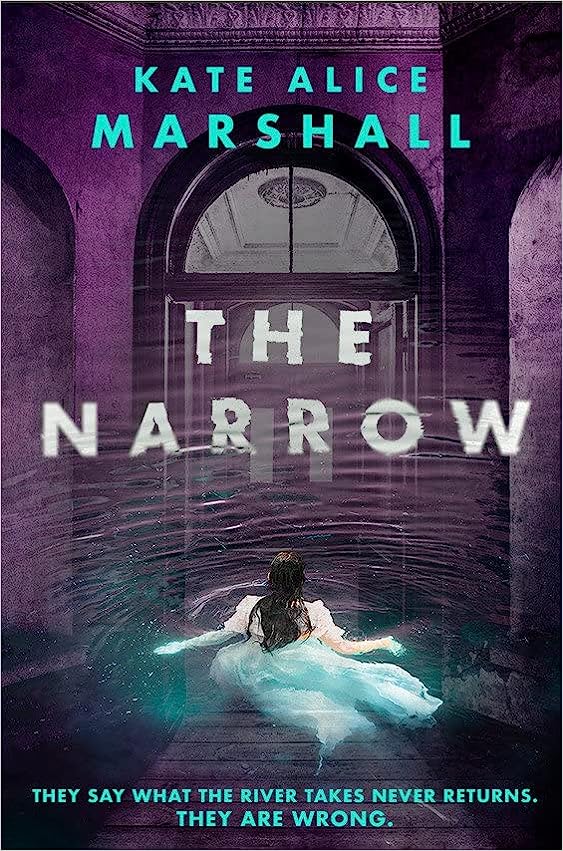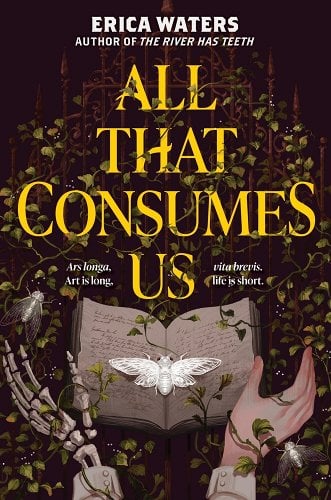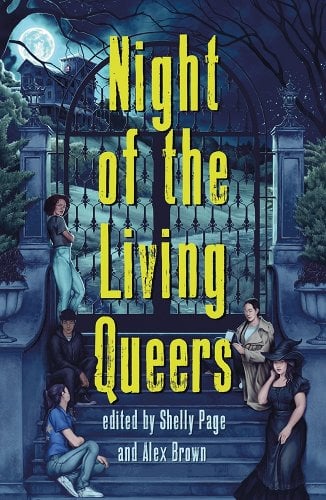Mallory Pearson’s newest release, Voice Like a Hyacinth, follows five best friends, Jo, Amrita, Saz, Caroline, and Finch, throughout their senior year at a prestigious art school. Senior painting students like our five main characters are expected to compete for the opportunity to have a solo gallery dedicated to their art. Jo, Amrita, Saz, Caroline,Read More
All of the Sapphic Vampires, None of the Victorian Homophobic Overtones: An Education in Malice by S. T. Gibson
Like many queer women, I’m sure, I have a strange relationship with the original Carmilla. On the one hand, sapphic vampires are objectively sexy. On the other hand, the way the danger she poses is framed as inextricably linked to her queerness (and her foreignness) is, well, unpleasant, to say the least. I always say thatRead More
Blood, Sex, and Poetry: An Education in Malice by S. T. Gibson
“She kissed me with a martyr’s agonized desperation, like I was the only sword she ever wanted to fall on.” I’ve been eagerly anticipating this book since it was announced: I loved Gibson’s queer polyamorous take on Dracula’s wives in A Dowry of Blood, and I have written several times about my complicated relationship withRead More
Dark Academia Ft. Sapphic Longing: In the Roses of Pieria by Anna Burke
Before we embark on our journey, a disclaimer: Anna Burke is a former professor and a friend, which is why I hesitated to write about In the Roses of Pieria. But who am I to second guess optics, and why should I let that get in the way of sharing one of my favorite moody OctoberRead More
10 Sapphic Books to Celebrate Latine Heritage Month & the Spooky Season
September 15th to October 15th is Hispanic/Latine Heritage Month. It happens to overlap perfectly with the spooky season. What better way to celebrate both than with some horror or speculative fiction novels starring sapphic characters? Check out some amazing picks below in no particular order. Her Body and Other Parties by Carmen Maria Machado I’ve reviewedRead More
A Very Queer Gothic Ghost Story: The Narrow by Kate Alice Marshall
When I got a promotional email about this book, I asked the publisher if there was a queer main character, because I couldn’t tell from the description. It’s funny that I had to clarify, because this is a very queer book: the main character is bisexual, there’s an F/F romance, and there are several queerRead More
Gorgeously Gothic Sapphic Vampires: An Education in Malice by S.T. Gibson
Buy this from Bookshop.org to support local bookstores and the Lesbrary! After sinking my teeth into A Dowry of Blood early last year, I was ecstatic to learn we were going to get more queer, gothic vampires from S.T. Gibson. Once again we are thrown into a sumptuous tale of power, secrets, and blood, this time setRead More
An Obsessive, Erotic, Vampire Gothic: An Education in Malice by S.T. Gibson
Buy this from Bookshop.org to support local bookstores and the Lesbrary! I feel as though all my adult life I have been wishing for a Carmilla retelling that really illuminates the heart of the original novella—the obsession, intensity, eroticism, and power struggle between Carmilla and Laura that makes the text one of the most lasting examples ofRead More
A Literal Dead Poets’ Society: All That Consumes Us by Erica Waters
Buy this from Bookshop.org to support local bookstores and the Lesbrary! The days have started getting shorter as darkness takes up more and more space every day. The evening air isn’t quite cold enough to keep you inside, but every gust of wind chills to the bone, and the woods behind my apartment are filledRead More
10 Sapphic YA Horror Books to Read In October
With fall finally here, you might be looking for some spooky books to read in October and to get you in the perfect eerie mood. Featuring ghosts, aliens, demons, and zombies, these books are a great way to get in touch with your sinister side and prepare yourself for the best night of the year:Read More
